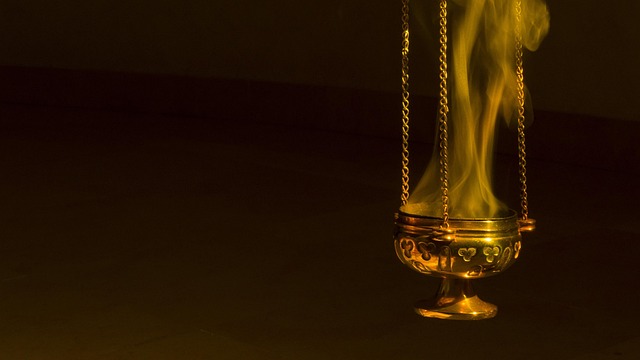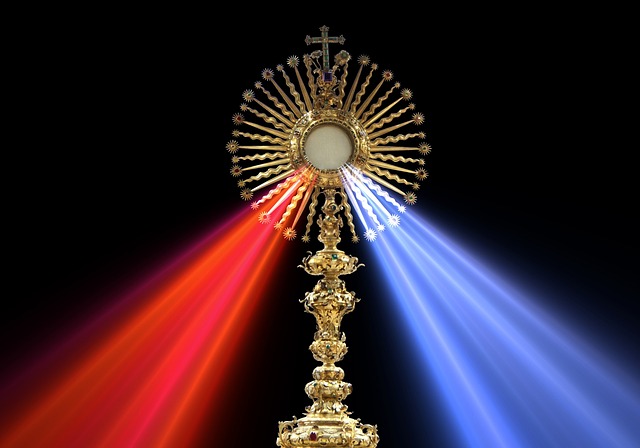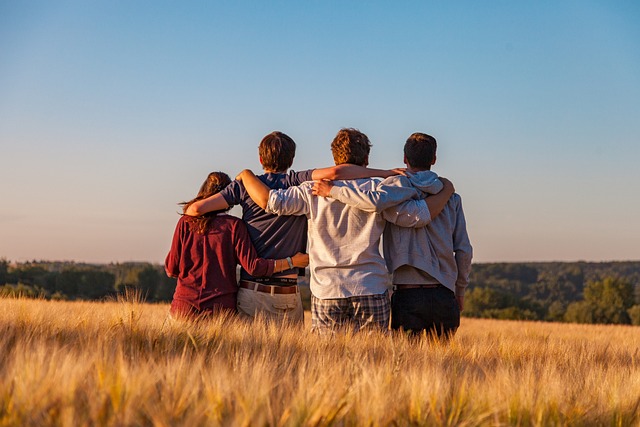The Power of Liturgy: Building Community Through Shared Faith
In a world that often feels fragmented and fast-paced, finding a sense of belonging can be challenging. Yet, within many religious traditions, liturgy serves as a powerful anchor, bringing people together through shared rituals and collective worship. It’s more than just a sequence of prayers or hymns; liturgy is a communal experience that fosters unity, identity, and spiritual connection.
At its heart, liturgy is about participation. When a congregation gathers to celebrate a sacred rite, they do so as a community bound by faith. This shared experience transcends individual differences — age, background, or social status — creating a space where everyone can feel included and valued. The rhythm of liturgical prayer, the familiar melodies, and sacred words offer comfort and continuity, reminding participants they are part of something greater than themselves.
But why is liturgy so effective at building community? One reason is its power to create a common language and narrative. Through repeated practices and shared stories, the community weaves a collective identity. Members come to understand their place within the tradition and within the group as a whole. This can be especially uplifting in challenging times, offering a sense of hope and resilience rooted in faith.
Moreover, the beauty of liturgy lies in its ability to engage all senses — sight, sound, touch, and even smell — creating a holistic experience that leaves a lasting impact. When people participate together in rituals such as lighting candles, singing psalms, or sharing the Eucharist, they are participating in a living history that has been handed down through generations. This tangible connection to the past strengthens community bonds and nurtures a profound sense of belonging.
In many ways, liturgy acts as a spiritual bridge. It helps individuals move beyond personal spirituality towards a communal faith journey. Through collective worship, relationships deepen, empathy expands, and the foundation of community solidifies. The shared faith nurtured by liturgical gatherings invites people to support one another, celebrate life’s joys, and bear burdens collectively.
For anyone seeking not just faith but fellowship, liturgy offers an invaluable path. It reminds us that faith is not a solitary walk but a shared journey. In coming together to worship, pray, and reflect, communities experience a sacred power that transforms isolated individuals into a unified whole.




